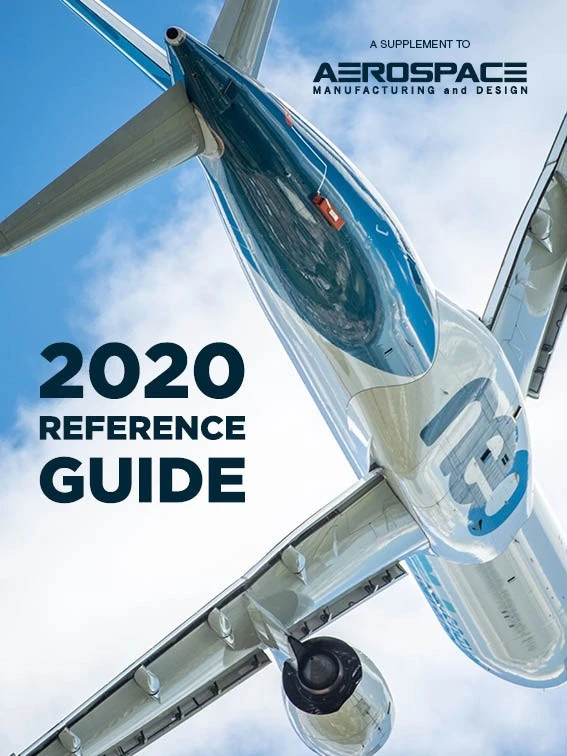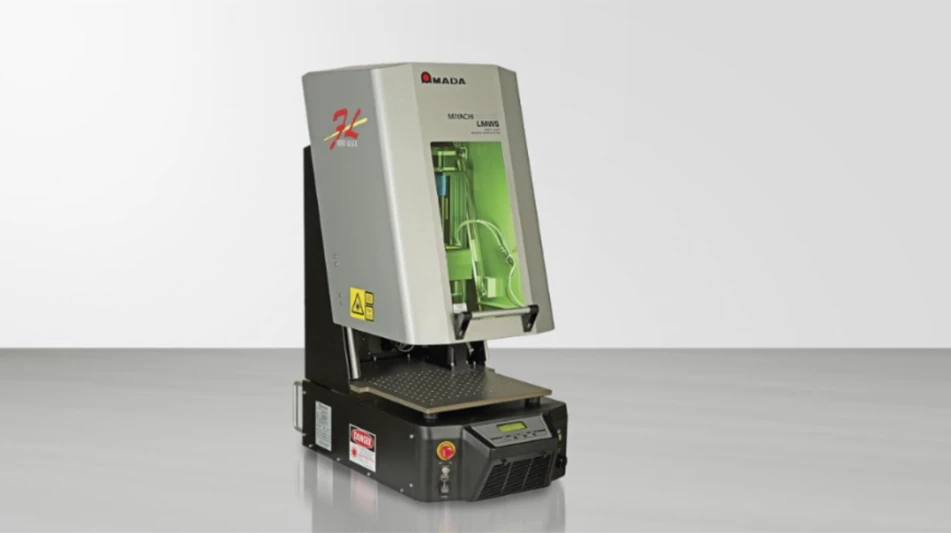_fmt.png)

Aerospace and defense are enjoying an unprecedented surge in demand and technological advances. Market growth of narrow body passenger aircraft leads commercial aircraft growth, fueled by increased passenger travel, particularly in the Asia-Pacific region. Defense spending is on the rise, thanks to the National Defense Authorization Act of 2018, which increased the Pentagon’s budget 17% to $692 billion.
The resurgence of these industries puts a spotlight on three primary supply chain issues:
- Lack of capacity
- Long lead times
- Late deliveries
Many manufacturers were not prepared to maintain and service mature manufacturing systems. Complicating the problem, many suppliers failed to invest in technologies such as additive manufacturing (AM).
Manufacturers have not hired and trained enough replacements for retiring Baby Boomers. And offshoring work is a poor solution because outsourcing to countries such as Mexico, India, China, and Brazil is too risky for quality and security reasons.
Between 2011 and 2015, funding uncertainty and complex regulations forced 20% of experienced military suppliers out of the sector.
Order volume increases have created a three-fold challenge for many original equipment manufacturers (OEMs):
- Production capacity must increase quickly (agile manufacturing)
- Pricing pressures demand operational cost reductions
- High inventory levels required to avoid long lead times
Successful manufacturers are scaling production efficiencies with engineering designs that reduce complexity and newer methodologies such as AM and lean manufacturing.
Partner with suppliers
Manufacturer representatives can connect OEMs to suppliers that offer creative solutions to scale production, meet accelerated delivery schedules, and streamline processes. Because they manage a portfolio of companies within various market sectors, representatives can spot trends and solutions before they become industry standards.
“When customers are sourcing materials and assemblies, they seek out suppliers that can produce samples and prototypes in a timely fashion to ensure the quality and integrity of their work,” says Spencer Abramson, president at Electronic Salesmasters Inc., Beachwood, Ohio. “OEM customers need to know that their suppliers have a good reputation, can expand capacity to meet demand, and particularly for large contract manufacturers, that they have a disaster recovery plan in place.”
Competitive pricing is essential, but suppliers must ensure a steady flow of materials to the production line. Sales representatives can work with customers and suppliers to develop long-term inventory strategies.
Another strategy is to seek out suppliers with the engineering expertise to provide pre-manufactured, higher-level sub-assemblies, instead of individual components or simple sub-assemblies. Moving more work to suppliers can reduce lead times, cycle times, and inventory costs. Evaluate partners Make certain suppliers don’t cut corners with unauthorized substitutes or counterfeit materials. Developing close relationships with trusted suppliers can save time and money and avoid regulatory or quality non-compliance.
Manufacturers typically use redundant suppliers to ensure lower prices, but single-source procurement is suitable when a supplier can offer enhanced services though technology and engineering expertise. Focused suppliers can develop an intimate understanding of the OEM’s needs to meet specifications and on-time delivery requirements.
_fmt.png)
Finding partners
OEMs should seek out and verify that pre-manufactured sub-assemblies from suppliers will integrate seamlessly into their assembly process and pass stringent quality requirements.
Select vendors that commit to advanced technology, focus on agile or lean manufacturing, and deliver quality products, on-time, within budget. OEMs should ask:
- Can the supplier provide prototypes or samples?
- Does the supplier securely handle drawings, other proprietary information?
- What is the warranty of components, sub-assemblies?
- Are quality, manufacturing processes, personnel certified?
- Can the supplier show evidence of compliance?
- Can the supplier provide timely status reports as orders progress?
- How does it handle customer questions?
- Can it support engineering staff with internal configuration management?
- Can the OEM visit the supplier’s facility while products are in production?

Conclusion
Customer requirements define value-added services in today’s business climate.
“Customers are requesting more electrical subassemblies instead of just cables or harnesses – typically, racks, panels, and electrical enclosures,” says Liberty Electronics’ Director of Business Development Scott Anderson. “Customers want to buy and manage fewer part numbers – a few dozen vs. thousands – and take advantage of Liberty’s relatively low labor rate and willingness to keep raw material and finished-goods buffer stocks to shorten lead times.”
Get curated news on YOUR industry.
Enter your email to receive our newsletters.
Explore the AMD Reference Guide 2020 Issue
Check out more from this issue and find your next story to read.
Latest from Aerospace Manufacturing and Design
- GE Aerospace secures Air Force engine contract
- Thomson Industries' online sizing and selection tool
- #53 - Manufacturing Matters - 2024 Leaders in Manufacturing Roundtable
- Join us for insights on one of the hottest topics in manufacturing!
- You can still register for March’s Manufacturing Lunch + Learn!
- Ohio creates Youngstown Innovation Hub for Aerospace and Defense
- Tormach’s Chip Conveyor Kit for the 1500MX CNC Mill
- How to Reduce First Article Inspection Creation Time by 70% to 90% with DISCUS Software





